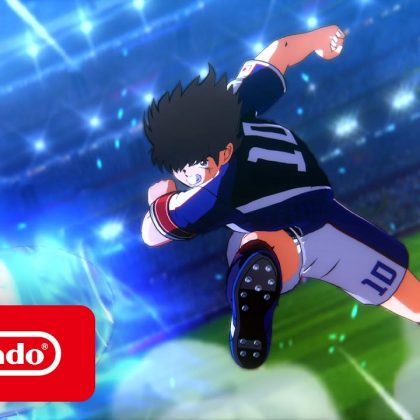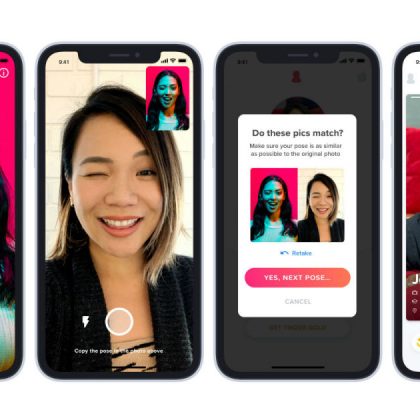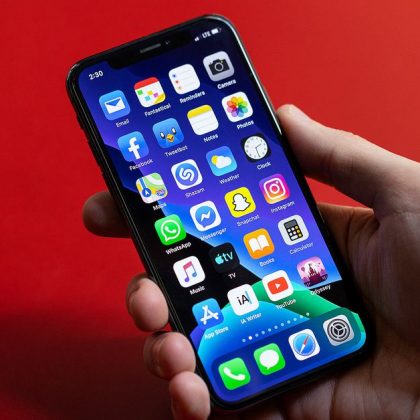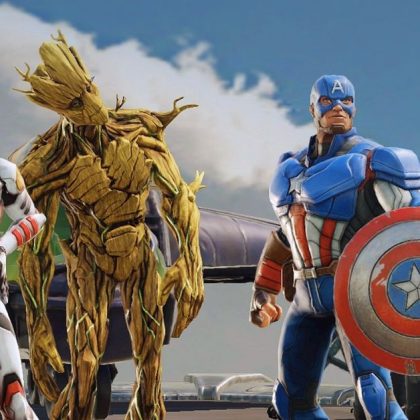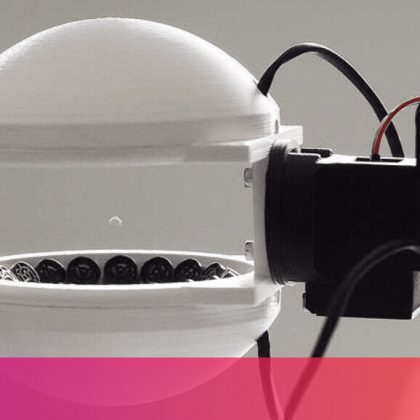Behind Color Factory, one of the photogenic pop-ups trying to conquer the experience economy People can’t be left alone in a pop-up. Sure, most of the tens of thousands of attendees will get through the 14 rooms of photogenic eye candy just fine. But there are exceptions: the ones that’ll write nasty things on your walls, tangle their hair up in your confetti, or chip your acrylic pegs that form a life-size Lite-Brite to create, essentially, pretty daggers. The Color Factory team has seen what humans will do to a place. “There’s only so much you can anticipate,” Tina Malhotra, chief experience officer at Color Factory, tells me from the company’s newest location in Houston, Texas, where she and her team have been working for the past 10 months to not only develop a new location near the Museum District, but also make sure it’s their most human-proof one yet. “We’ve learned from the last two locations that if they can touch it, they will,” CMO Alison Piepmeyer adds. Malhotra says her team even instructed the fabricators in one room to make the art display “elephant-proof.” “Imagine an elephant running into here,” she says. That’s how intense people are when they interact with artwork. This Houston location, which opened last week, is Color Factory’s first foray into the southern half of the United States, and the first well-funded, Instagram-baity place to make its way to the state for good. Photo-oriented pop-ups, like the Dream Machine and the Rosé Mansion, once seemed like a novelty doomed to fade out, but the opposite has happened. The duds failed, but the bigger names raised lots of money, and now, the US is experiencing a pop-up land grab with companies spending millions to build flagship locations around the country. “We chose Houston intentionally because we want to own the South,” says Color Factory CEO Jeff Lind. “We wanted to plant a stake in the ground and learn about this market.” Color Factory CEO Jeff Lind. Color Factory already exists in San Francisco and New York City, as do some of its competition, like the Museum of Ice Cream and 29Rooms. None of the big names have laid claim to Texas yet, though. The new spot is 22,000 square feet filled with 14 art exhibits, including pop-up staples like a new NASA-branded ball pit, a room lit with neon signs, and another room that rains confetti. The space allows up to 1,000 visitors a day, and it costs $35 for adults to enter and $28 for kids. The Houston location cost “seven figures” to build, according to Lind, but could theoretically bring in $35,000 a day, and that doesn’t even account for merch. With steep competition in the space, Color Factory’s team sees themselves differently. They commission artists, showcase local food vendors, partner with museums, and somewhat limit the brands that can take over a room (although other pop-ups do similar things). Lind also says it’s all about the experience, which is what Color Factory’s
Read More
06November

